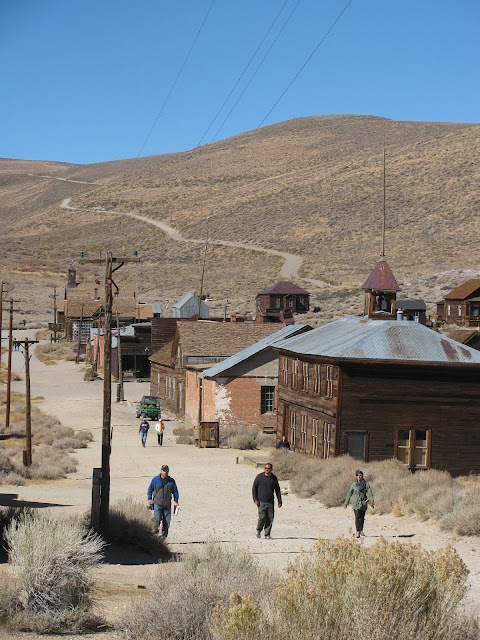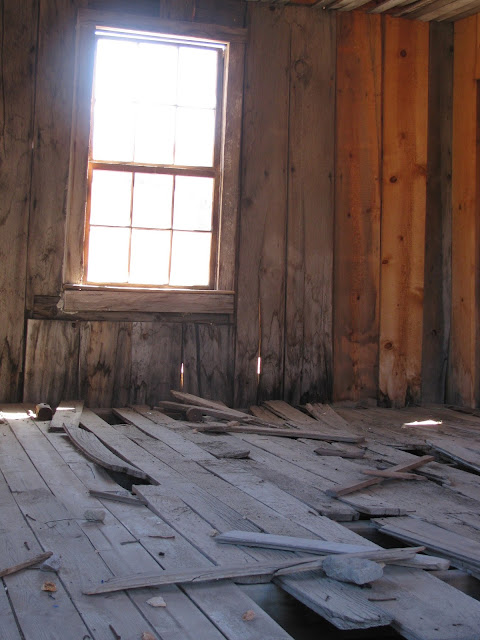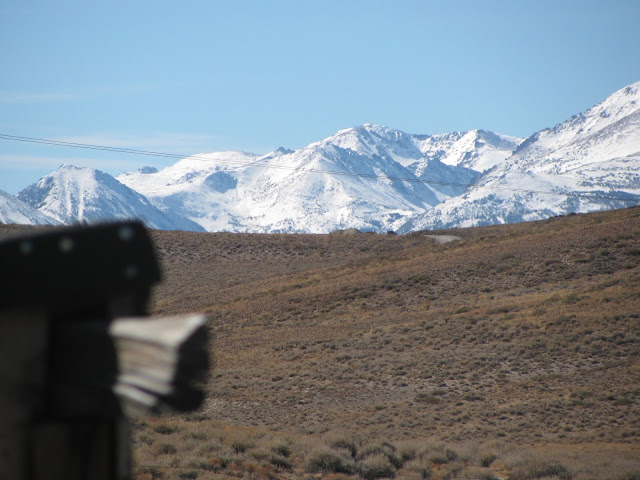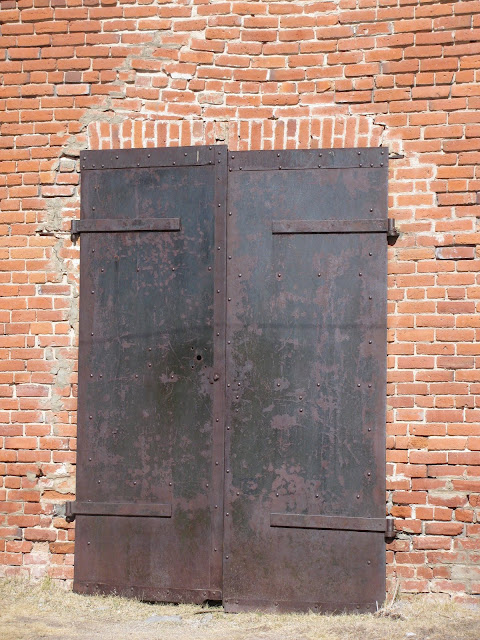West Coast of Florida -- March 2016-- Pat and I joined two friends for a one week cruise from Tampa Bay south to Boca Grande Pass, near Usseppa Island, and back. This is the part of the Florida coast just north of where we once lived, quite near Sanibel and Captiva. We chartered a sailboat 41 feet long, with two cabins and plenty of modern amenities, for the trip which usually involved sailing or motor-sailing for about six hours each day. The total trip probably covered less than 300 miles, some offshore in the Gulf of Mexico and some inshore in the IntraCoastal Waterway.
The weather was warm, the winds mixed, and we encountered one day of serious fog offshore. Navigation was by GPS, partly using an App Barbara downloaded into her phone. We all met in Ohio in 1977 when John and I worked at the newspaper there. he now writes novels, Barbara is a marketing executive, and Pat and I are thoroughly retired.
.
A good time was had by all.
Day One
Here is the 41 foot Jenneua sloop we chartered for a week off the Southwest Coast with our friends John and Barbara Koenig of Austin, Tex. After a good dinner, we went to a local grocery store and bought supplies for the days ahead. Yes, there was rum on board.
Pat at the dock in the Vinoy Hotel Marina as we were getting ourselves ready to go.
Barbara and John in the cockpit at the marina.
Crew member standing by.
Day Two
Sailing out of Tampa Bay under the bridges, before turning left into the IntraCoastal Waterway for our first night's anchorage.

Barbara at the helm in the IntraCoastal.
John checking the news at anchor off the Mar-Visa Restaurant at Longboat Key.
Pat chilling.
The anchorage on a sunny day.
We took our tiny dingy into the dock for a very good seafood dinner at the restaurant and met a friend of the Koenig's from Australia. Good company.
Day Three
Next day we were southbound slogging into three foot swells with the wind on our collective noses.

Not sure which day, but this is inside the IntraCoastal Waterway

Pat at the helm.

Snack time.

Posed picture in the wind.
Day Four

We were reminded that Florida estuaries are shallow, and spent about an hour getting off a sandbar along the edge of the channel. The volunteers took our anchor out 50 feet or so, back into deeper water, and we kedged ourselves off when the tide came up. No harm done.
Time for a quiet sunset.

Sunset at anchor off Usseppa Island, across the waterway from Cabbage Key. Pat and I had anchored here more than 15 years ago.
Day Five
Sailing south, as seen from the salon.
A little artsy photo work.
Day Six, after being offshore in fog all day long.
At the Crows Nest Marina after all day offshore in dense fog. Coming in through the pass and bridge was a challenge well met by experienced companions and good electronics. Visibility was down to less than 100 yards at times.
This is the pass to the Gulf of Mexico we navigated through.
At the dock, safely. Dinner in the pub.
Day Seven
Next day an easier trip up the waterway into an anchorage south of Tampa Bay.
One more night view.

Pat being happy.

Barbara being happy.

John being happy.
Our last anchorage was at DeSoto Park tucked inside away from the worst of the fog.
Checking with the home front. We learned how very versatile our phones were.
Our Last Day Aboard

Last day we went back into Tampa Bay for the final miles home.
===================
Below is how we did dinner on the boat. We stocked the boat with supplies to do all but about three meals, when we knew we would be near a good place to eat.
Barbara planned a couple of quick fix meals, which were delicious.
Might as well have a nice red wine with dinner.
The menu this night was ham, pineapple, yams and fresh corn.
The view was pretty good
As was the red wine.
==================
As we approached St. Petersburg on the last day, this boat came out to greet us.
A great vacation. We would do it again.































































